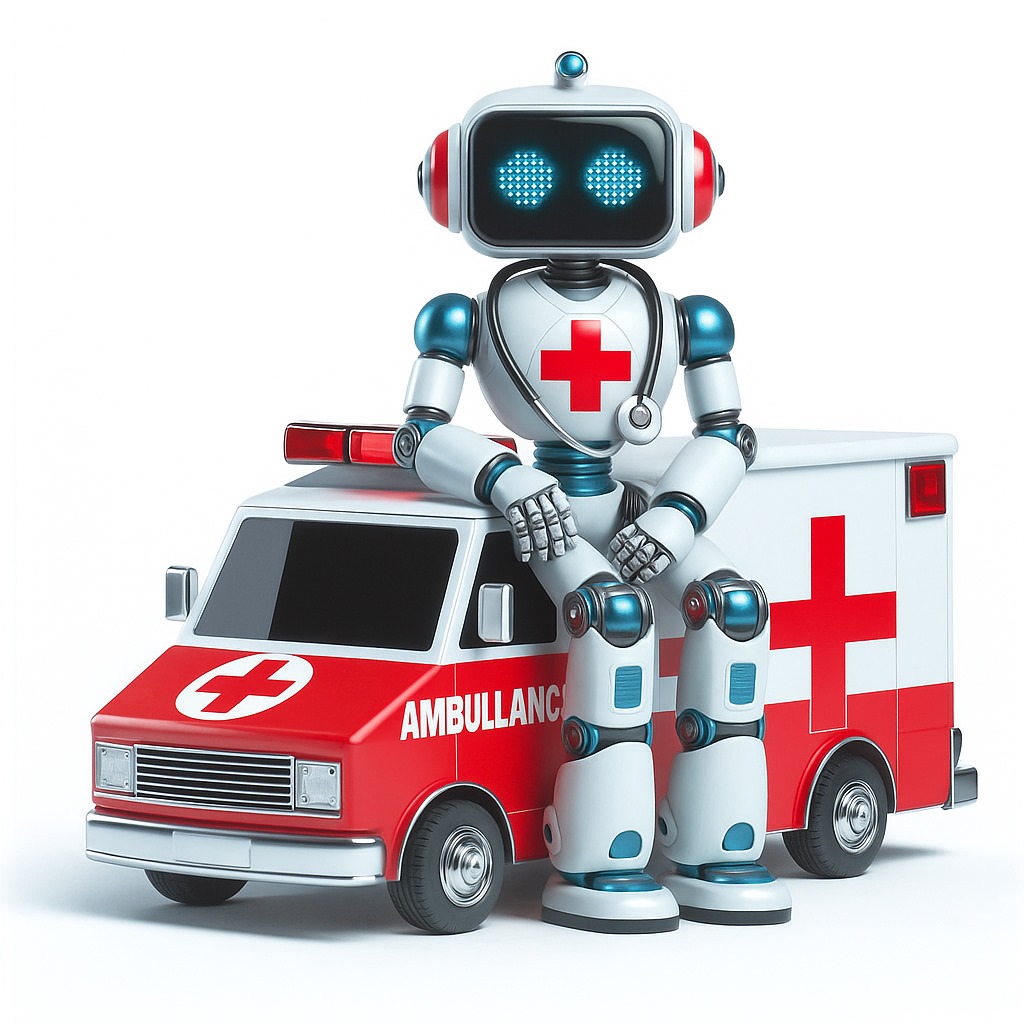.png)
Recognizing and Responding to Medical Emergencies
Title: Recognizing and Responding to Medical Emergencies: Essential Guidelines
Introduction:
In this article, we will discuss important guidelines for recognizing and responding to medical emergencies. It is crucial to be prepared and equipped with the necessary knowledge to handle such situations effectively. The following information will help you understand the key steps to take when faced with a medical emergency.
Section 1: Understanding Medical Emergencies
1.1 What is a Medical Emergency?
Definition: A medical emergency is a situation that requires immediate medical attention to prevent serious harm or loss of life.
Examples: Cardiac arrest, severe bleeding, stroke, choking, allergic reactions, etc.
1.2 Importance of Recognizing Medical Emergencies
Early recognition allows for timely intervention, increasing the chances of a positive outcome.
Identifying symptoms and understanding the severity of the situation helps in determining the appropriate response.
Section 2: Steps to Recognize a Medical Emergency
2.1 Assess the Situation
Stay calm and evaluate the surroundings for any signs of danger.
Look for obvious injuries or distress in the affected person.
2.2 Observe Symptoms and Signs
Be attentive to the person's behavior, appearance, and complaints.
Note any abnormal breathing, unconsciousness, chest pain, severe bleeding, etc.
2.3 Call for Emergency Assistance
Dial the local emergency number (e.g., 911) or activate the emergency response system.
Provide accurate information about the situation, location, and condition of the individual.
Section 3: Immediate Responses to Medical Emergencies
3.1 First Aid Basics
If trained, provide appropriate first aid based on the situation (e.g., CPR, Heimlich maneuver).
Remember to prioritize your safety and protect yourself from potential harm.
3.2 Clear Airway and Provide Oxygen
Ensure the person's airway is open and unobstructed.
If necessary, provide rescue breaths or administer oxygen if available.
3.3 Control Bleeding and Manage Injuries
Apply direct pressure to wounds to control bleeding.
Support injured body parts and immobilize fractures or sprains.
Section 4: Waiting for Professional Help
4.1 Stay with the Person
Offer reassurance and comfort to the affected individual.
Keep them calm and monitor their condition closely.
4.2 Provide Updates to Emergency Responders
Inform the arriving medical professionals about any changes or developments.
Share relevant details regarding the person's medical history or allergies.
Conclusion:
Recognizing and responding to medical emergencies requires a combination of knowledge, skill, and calmness under pressure. By familiarizing yourself with the steps outlined in this article, you can play a vital role in providing immediate assistance and potentially saving lives. Remember, quick action and the appropriate response can make a significant difference in the outcome of a medical emergency.
Disclaimer: The information provided in this article is for educational purposes only. It is not a substitute for professional medical advice. If you encounter a medical emergency, always seek immediate medical assistance.
